Minute Man Fossils
Tylosaurus proriger Vertebra-Texas
Tylosaurus proriger Vertebra-Texas
Couldn't load pickup availability
Taxa: Tylosaurus proriger Vertebra
Geology: Ozan formation
Age: Cretaceous-Campanian
Locality: Fannin County, Texas
Tylosaurus proriger
Tylosaurus proriger was a large, predatory marine reptile that lived during the Late Cretaceous period, around 85–80 million years ago. It belonged to the mosasaur family and was one of the top predators of its time. Tylosaurus proriger had a long, streamlined body, powerful flippers, and a distinctive elongated snout, which it may have used for ramming prey. It could grow over 12 meters (39 feet) in length and fed on fish, turtles, plesiosaurs, and even other mosasaurs. Fossils of T. proriger have been found in North America, particularly in the Western Interior Seaway, which once covered much of the central United States.
Mosasaurs
Mosasaurs were large, marine reptiles that lived during the Late Cretaceous period (about 100–66 million years ago). They were closely related to modern monitor lizards and snakes and belonged to the family Mosasauridae. Mosasaurs had elongated, streamlined bodies, powerful tails for swimming, and paddle-like limbs adapted for life in the ocean. They were apex predators, feeding on fish, ammonites, marine reptiles, and even other mosasaurs. Some genera, like Mosasaurus and Tylosaurus, reached lengths of over 12 meters (39 feet). Mosasaurs went extinct at the end of the Cretaceous during the mass extinction event that also wiped out the non-avian dinosaurs.
Vertebra
A vertebra from Tylosaurus proriger is a bony segment of the animal's spine, contributing to its overall flexibility and support. As a large marine reptile, Tylosaurus had vertebrae that were elongated and robust, particularly in the tail region, which helped in propulsion through the water. The vertebrae had a strong, solid structure with well-developed facets for articulation, allowing for efficient movement and support of its muscular body. The centra (the main part of the vertebra) were relatively cylindrical, and the neural spines (projections that extended upwards from the vertebrae) were often more reduced compared to those in terrestrial reptiles, reflecting the streamlined, aquatic lifestyle of Tylosaurus. These vertebrae would have been crucial for maintaining the flexibility and strength necessary for swimming and capturing prey.
Share
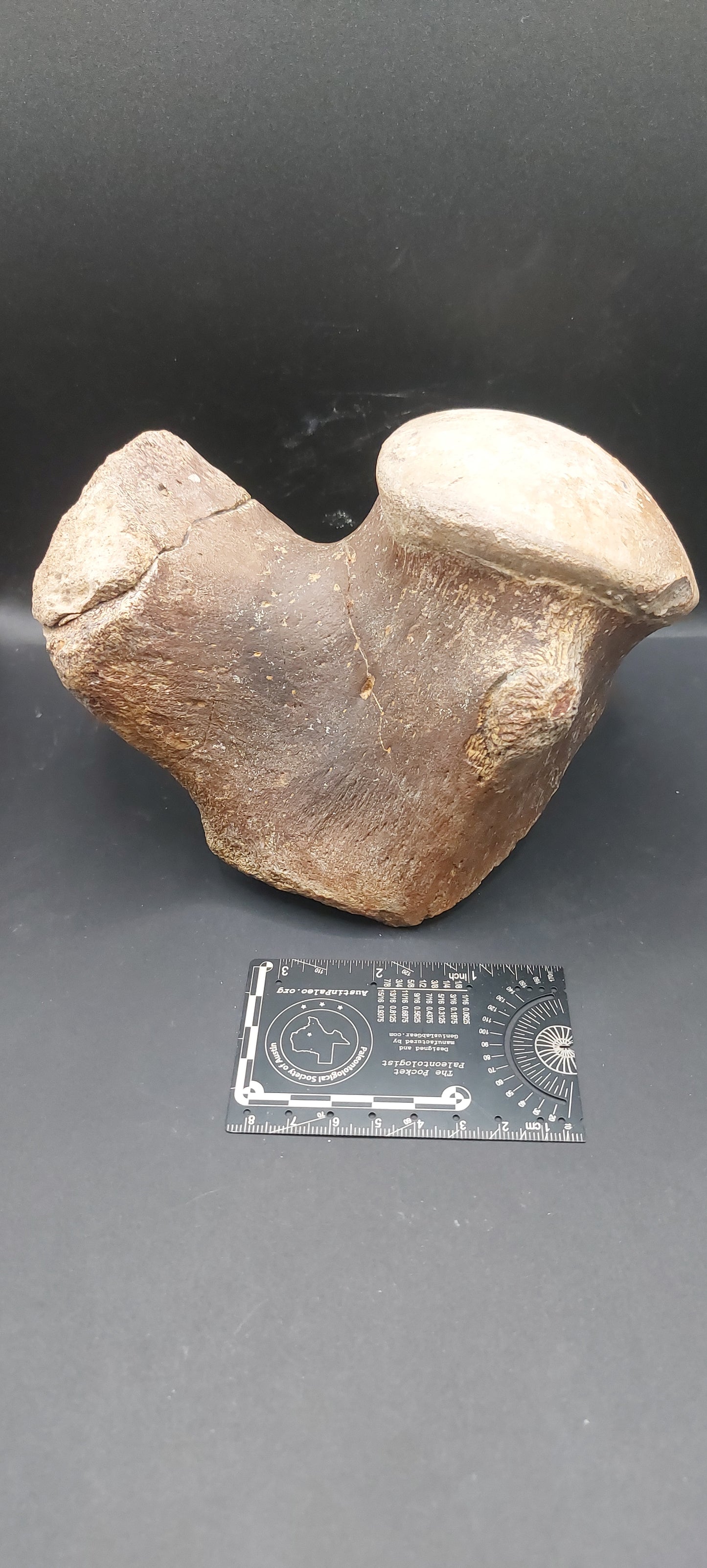
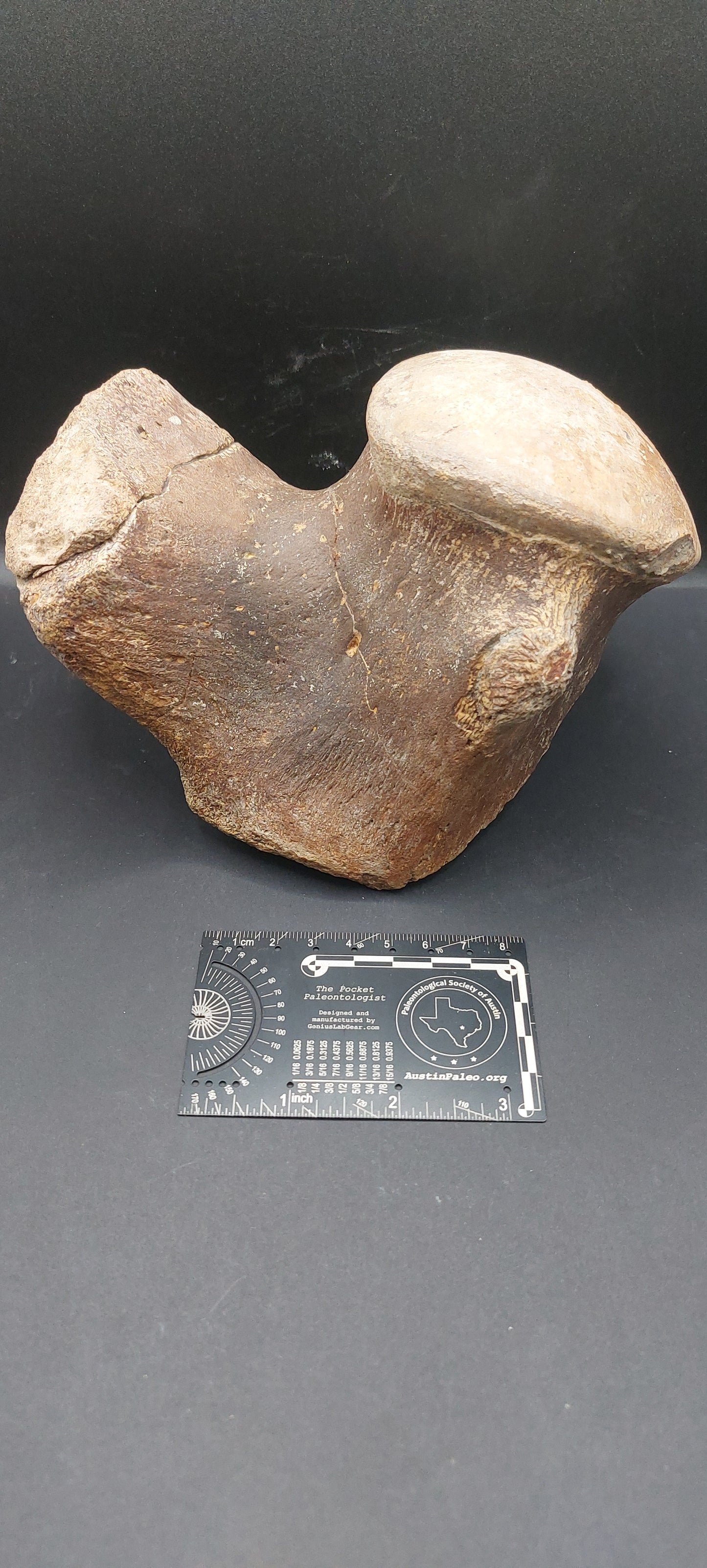
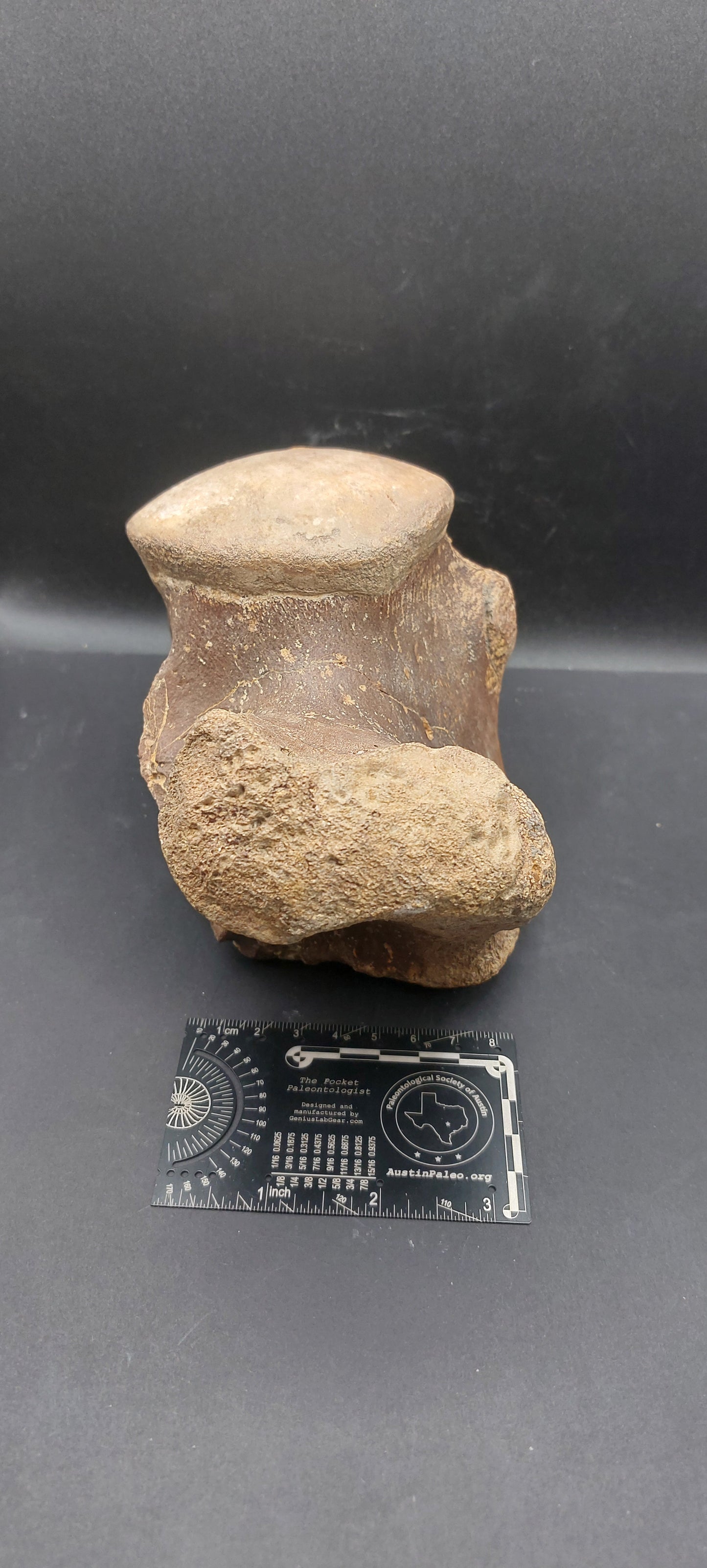
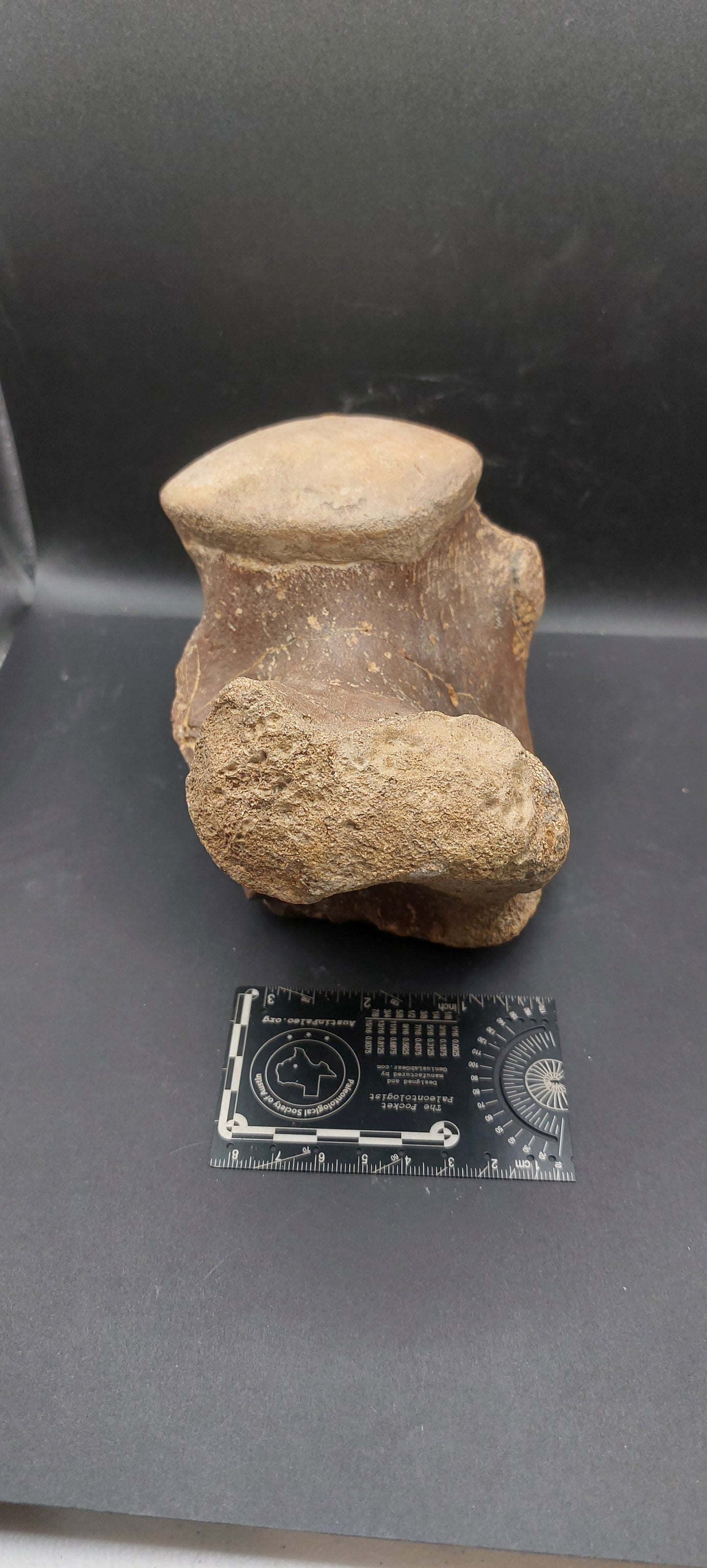
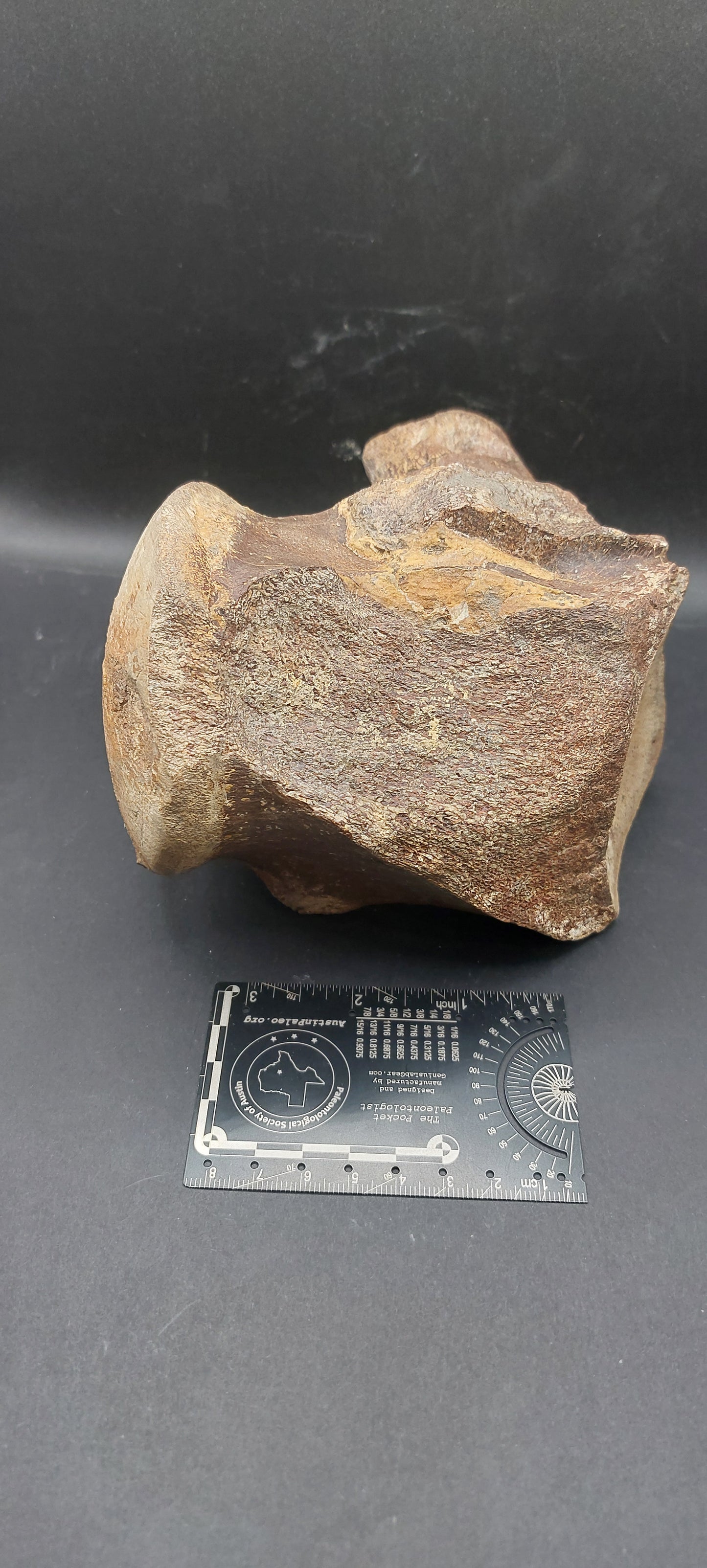
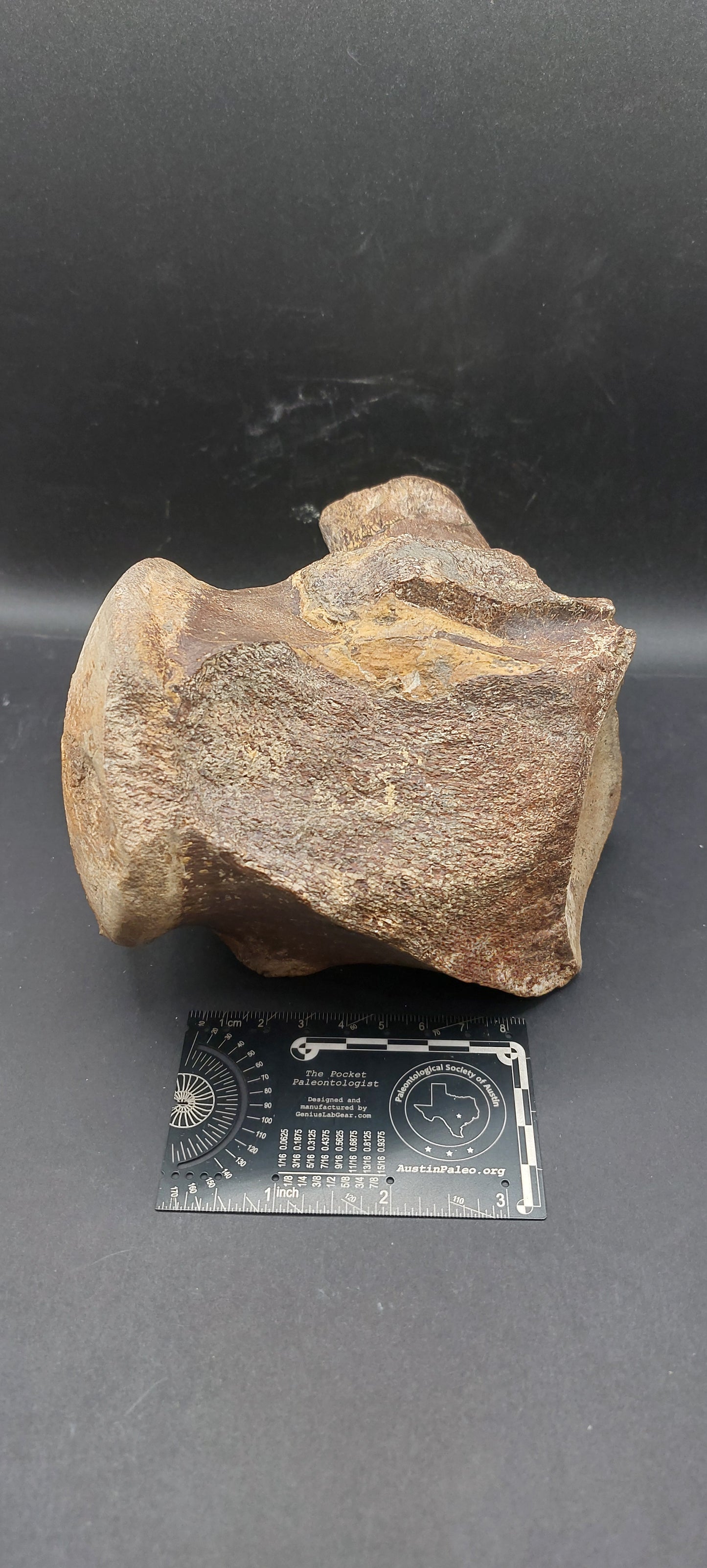
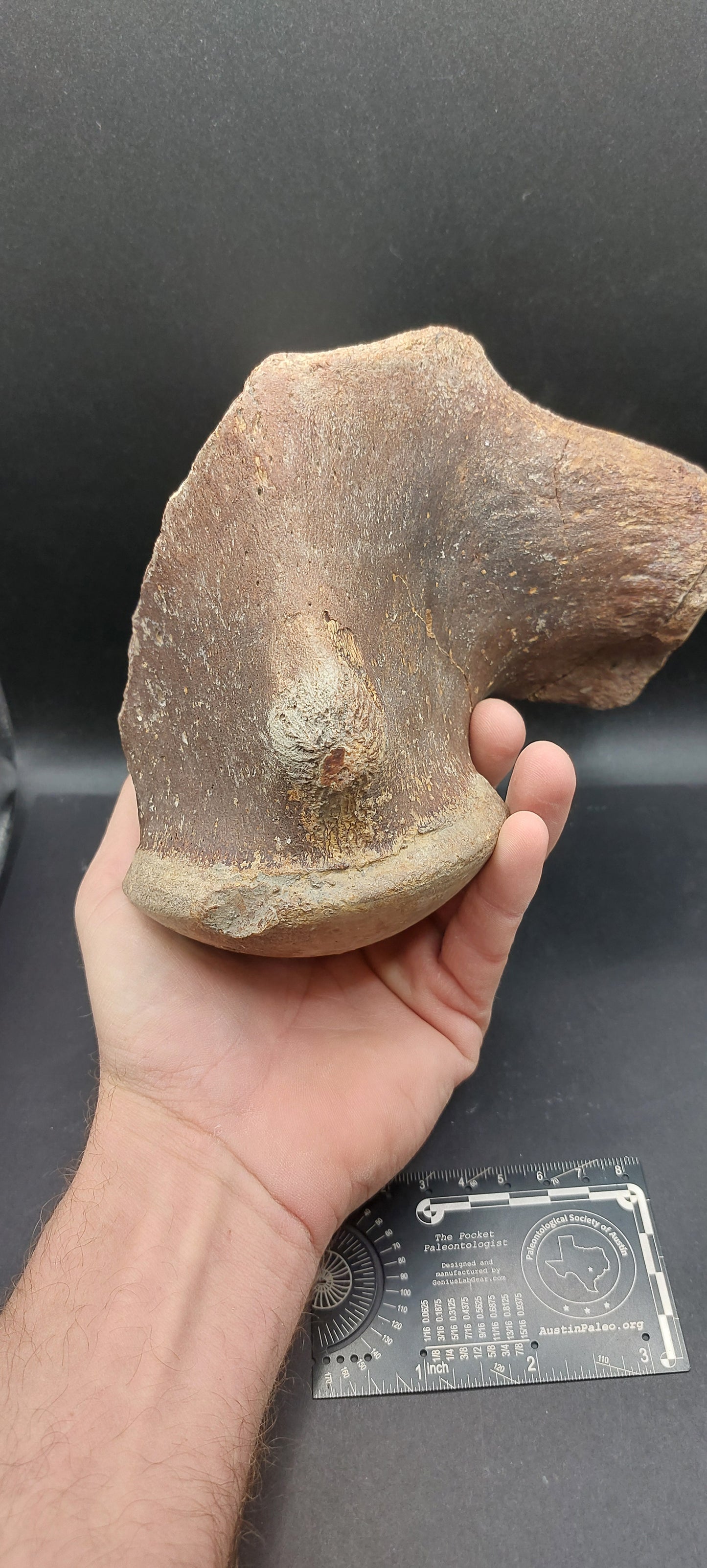

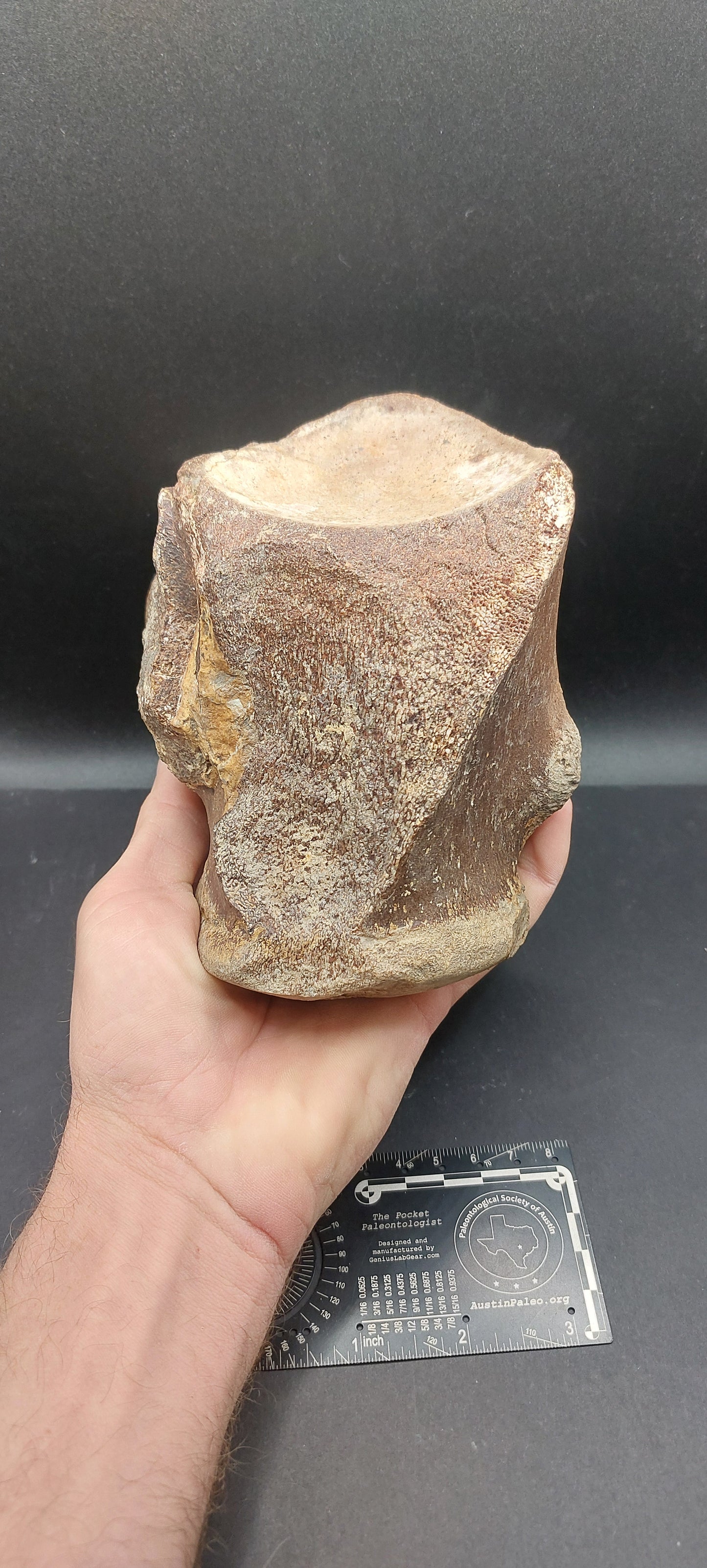
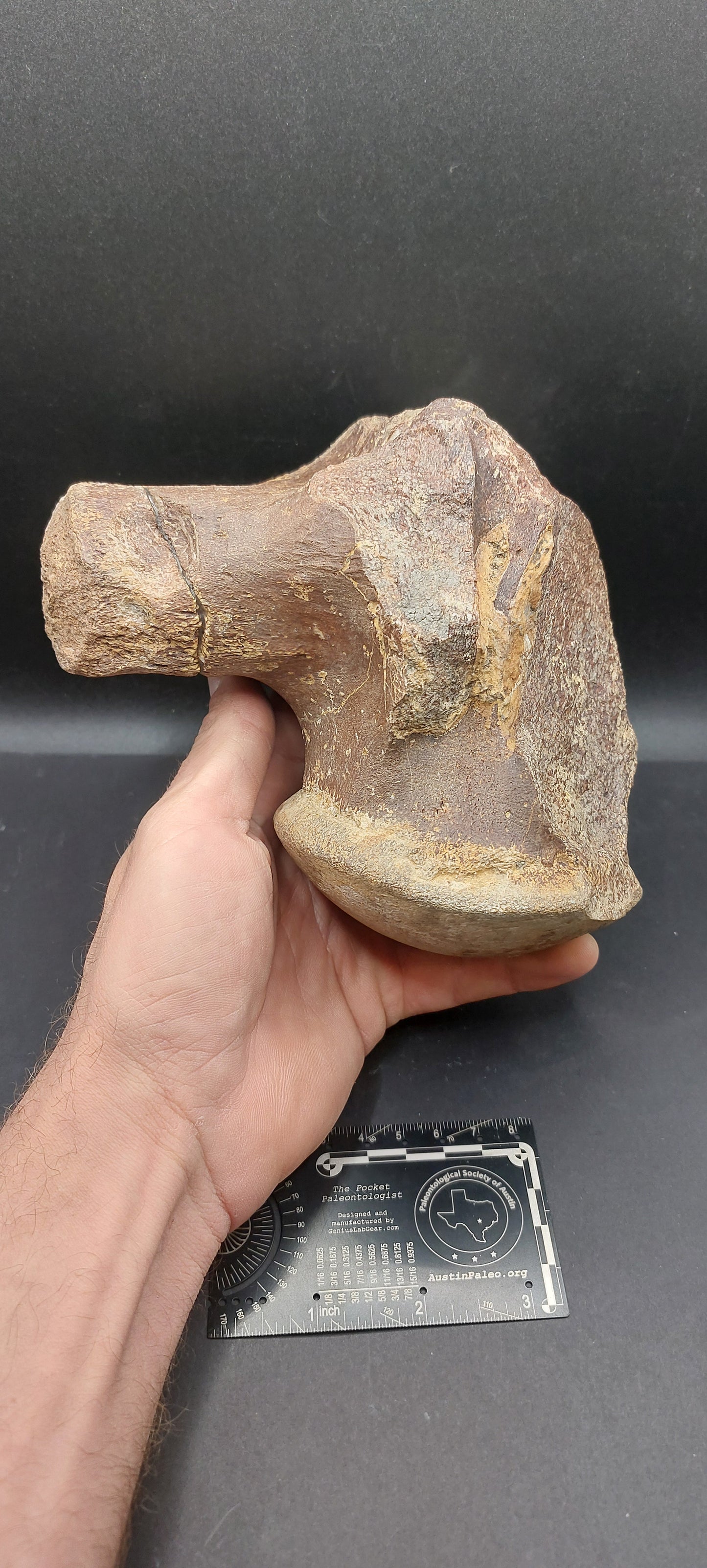

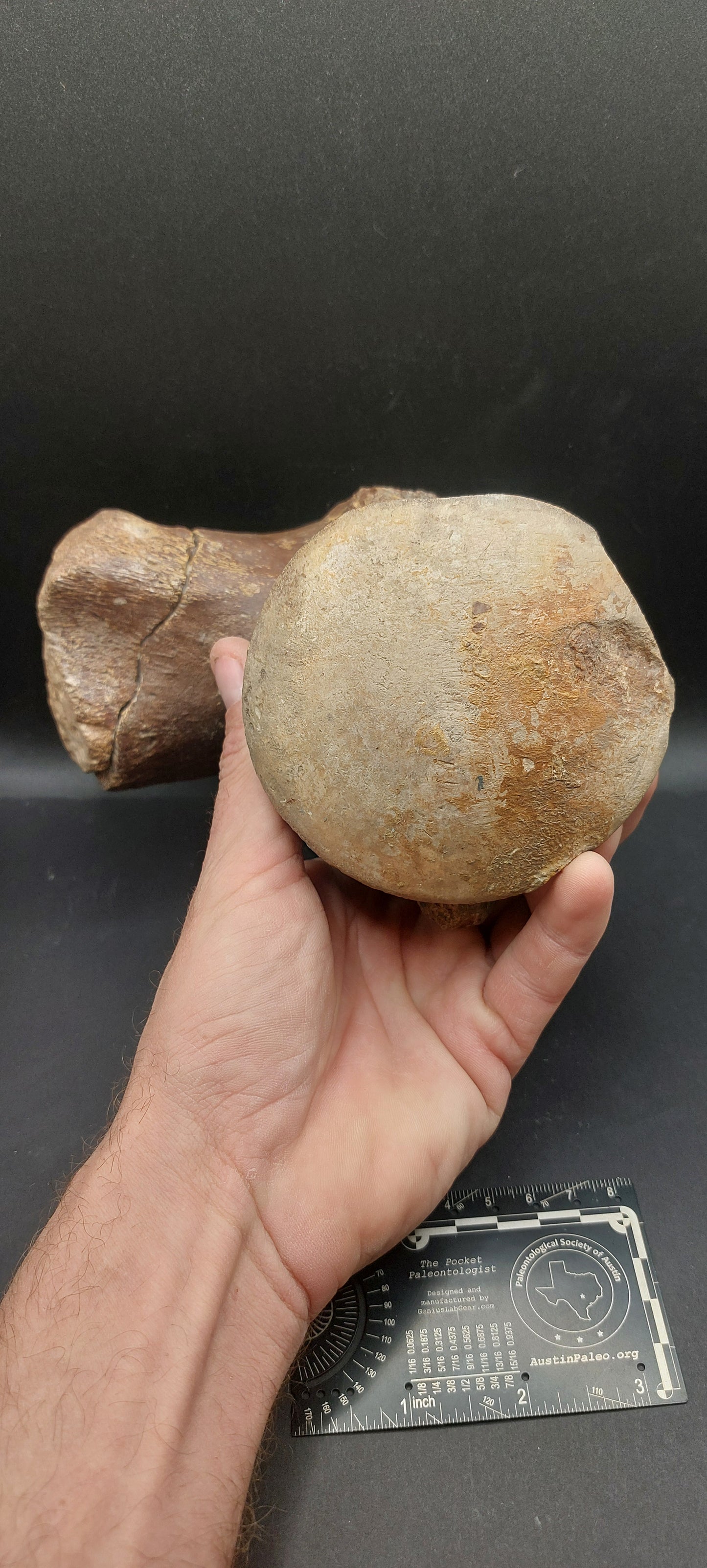
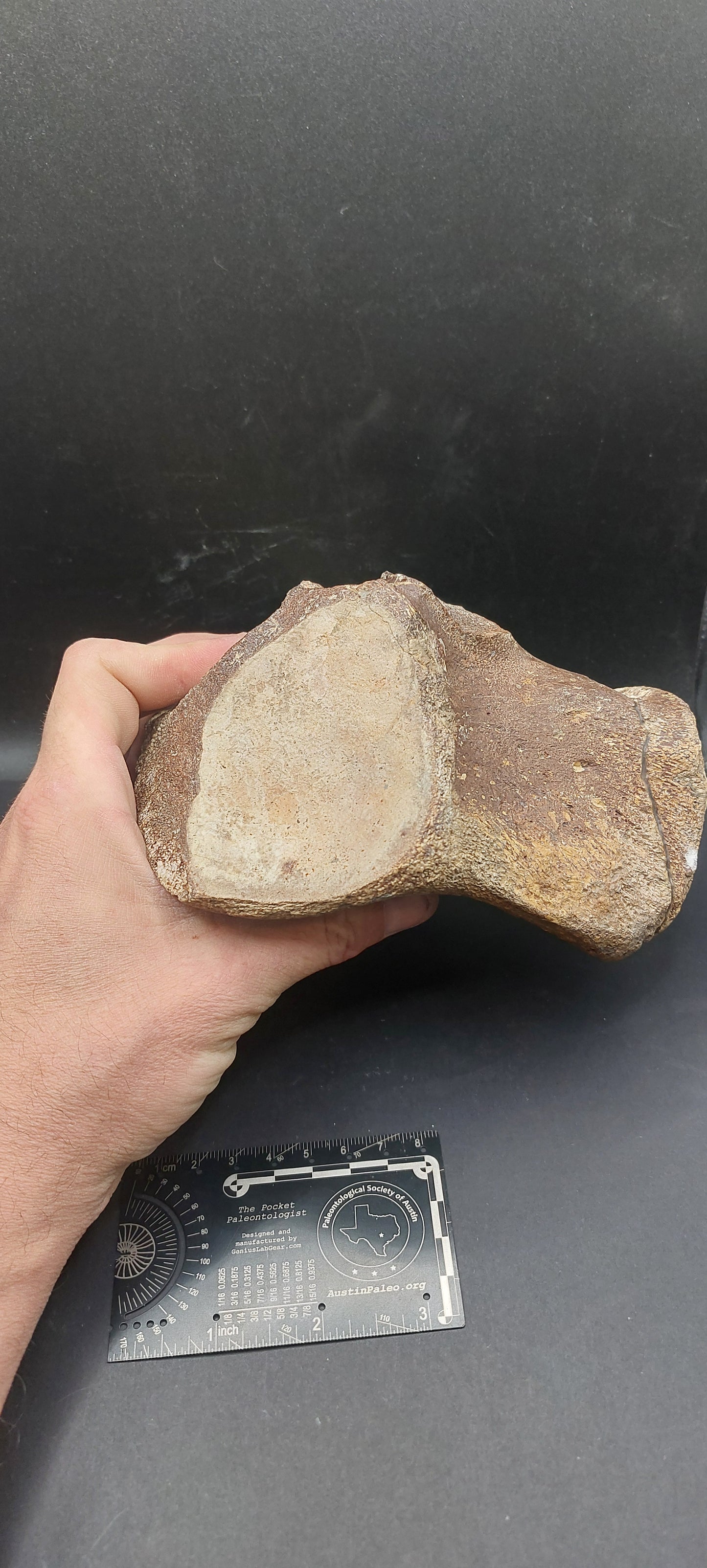
Subscribe to our emails
Be the first to know about new collections and exclusive offers.













